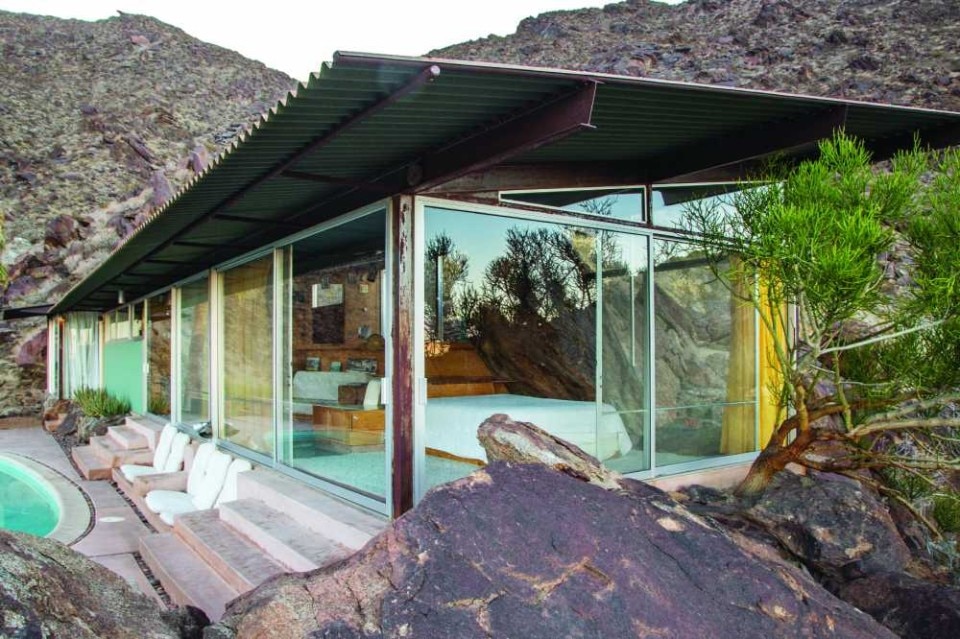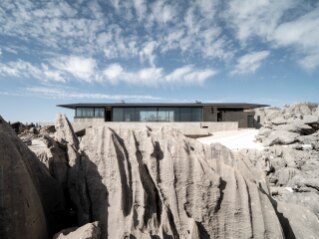-
Sections
-
Keywords
11 iconic works of Californian modernism
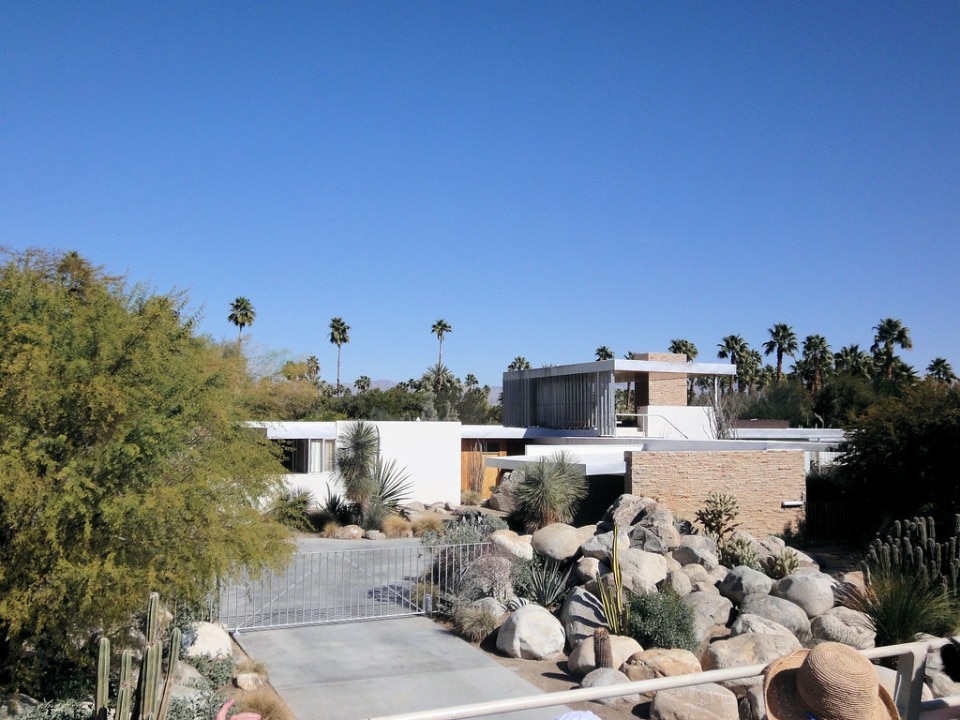
Richard Neutra, Kaufmann House, Palm Springs 1946
An undisputed icon of Californian Modernism, the house designed by Neutra as a winter residence for businessman Edgar J. Kaufmann, who had already commissioned “Fallingwater” built a decade earlier in Pennsylvania by Frank Lloyd Wright, is a poem of glass, steel and stone set in the desert. In addition to the living area in the centre, the cross-shaped layout has 5 bedrooms and 6 bathrooms. Thanks to the large windows, the domestic environment relates seamlessly with the garden outside, where the large swimming pool is located.
Photo Thom Watson from CC

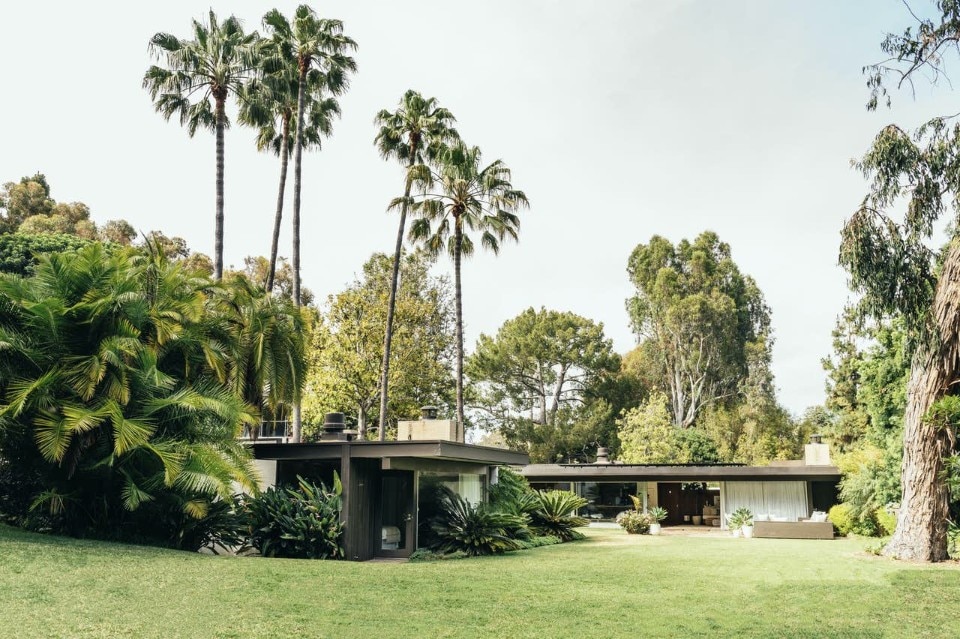
Richard Neutra, Bailey House (Case Study House #20), Pacific Palisades, Los Angeles 1948
When Art and Architecture magazine selected Neutra for its “Case Study houses” project, the architect designed a 185-square-metre house in the Pacific Palisades neighbourhood of Los Angeles on a wooded bluff on Santa Monica Beach for a young couple looking for an affordable housing solution that could expand over time as their family and wallet grew: a simple, functional three-bedroom home enhanced by double-height living spaces and a large living room for socialising.
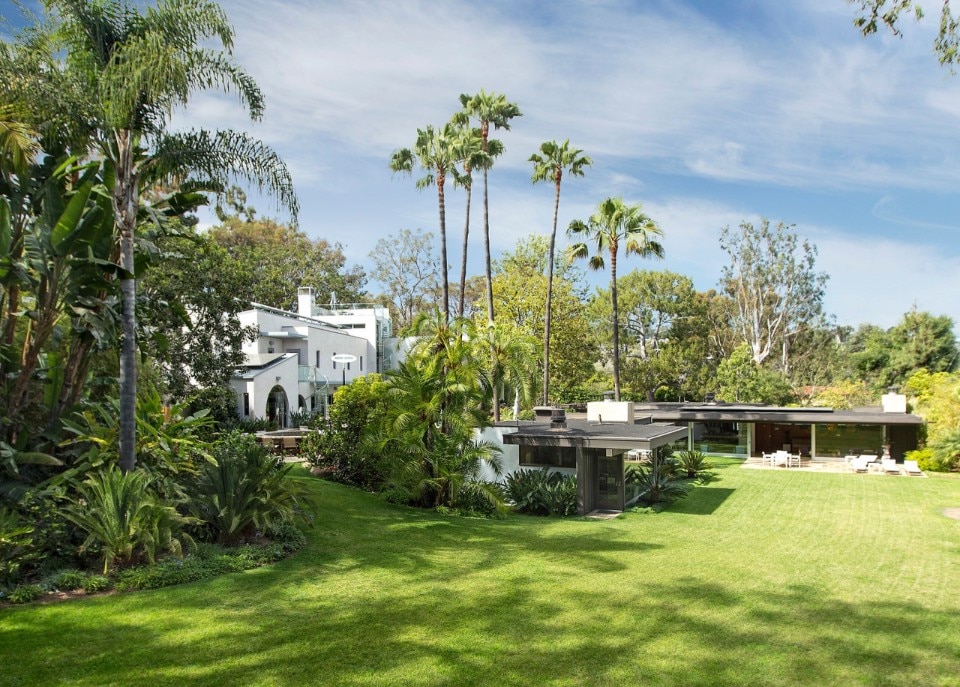
Richard Neutra, Bailey House (Case Study House #20), Pacific Palisades, Los Angeles 1948
View article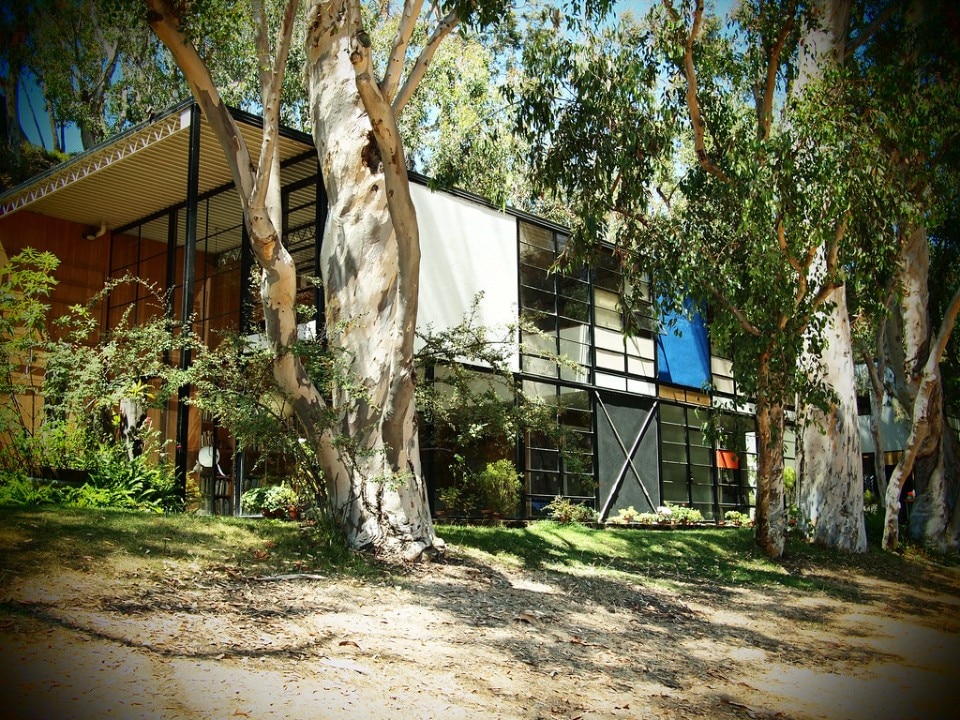
Charles & Ray Eames, Eames House (Case Study House #8), Pacific Palisades, Los Angeles 1949
The Eames House, where the famous couple lived until their death, consists of two rectangular glass and steel boxes set in a hillside of eucalyptus trees, one housing the living spaces and the other the architectural studio. The functional yet joyful environment expresses the spirit of the duo, who aims to meet the needs of comfortable, made-to-measure living for both residents and guests.
Photo Lauren Manning from CC
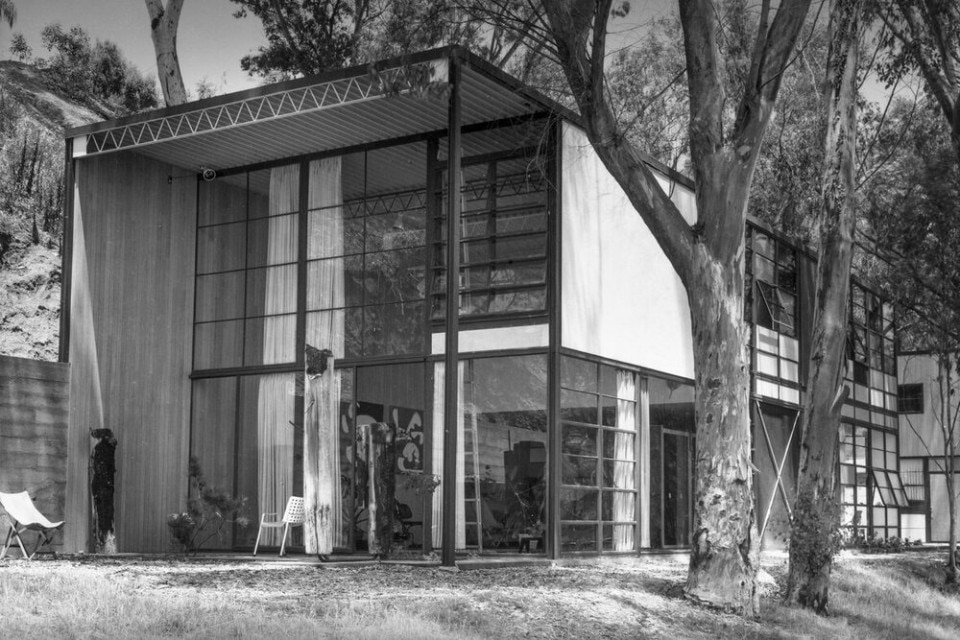
Charles & Ray Eames, Eames House (Case Study House #8), Pacific Palisades, Los Angeles 1949
View article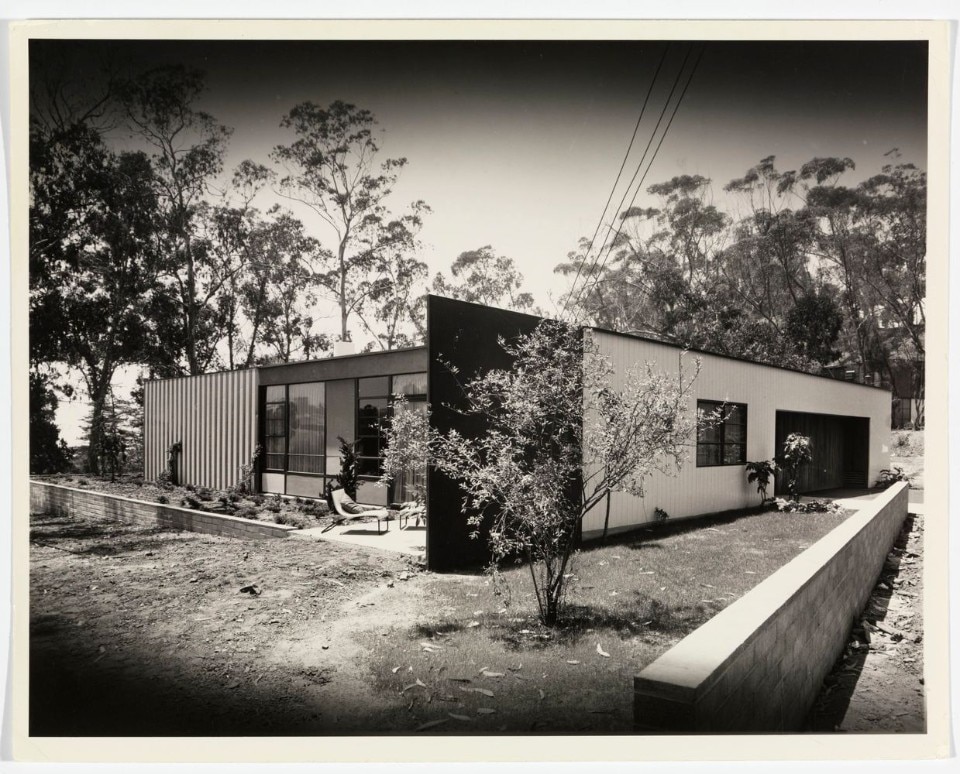
Charles & Ray Eames with Eero Saarinen, Entenza House (Case Study House #9), Pacific Palisades, Los Angeles 1949
Nestled in the verdant hills of the Pacific Palisades, Entenza House – designed for the editor of the magazine "Art and Architecture" – in keeping with the “Case Study Houses” programme is an economical and functional dwelling and a manifesto of modular steel technology. The metal box with its large, open-plan living room is connected to the back garden through floor-to-ceiling sliding glass doors that encourage an uninterrupted dialectic between interior and exterior.
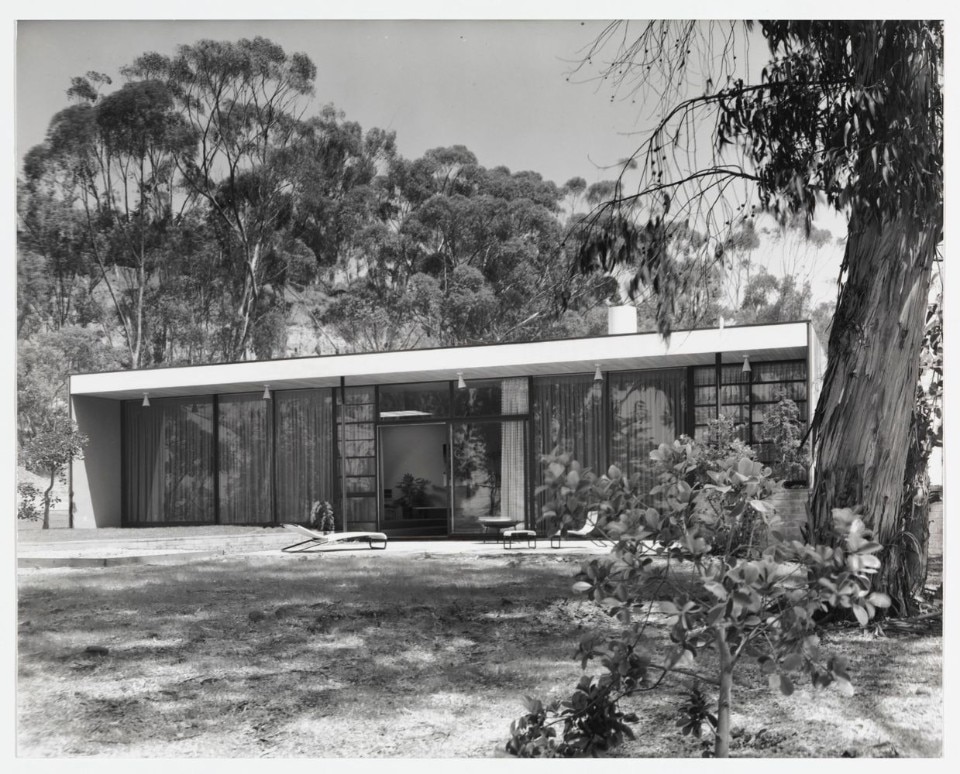
Charles & Ray Eames with Eero Saarinen, Entenza House (Case Study House #9), Pacific Palisades, Los Angeles 1949
View article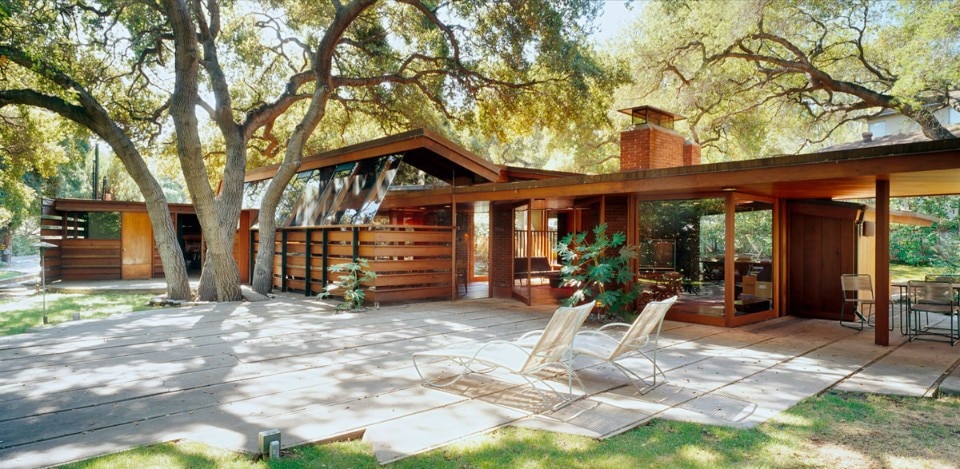
John Lautner, Schaffer Residence, Los Angeles, 1949
Conceived for a family who originally used the property for picnics among majestic oaks and then decided to live there permanently, the house was literally designed around the trees with respect to which it is oriented and distributed: the use of warm, natural materials - from red wood to brick and concrete - gives a warm, welcoming aura to the home in which nature filters continuously through the large windows.
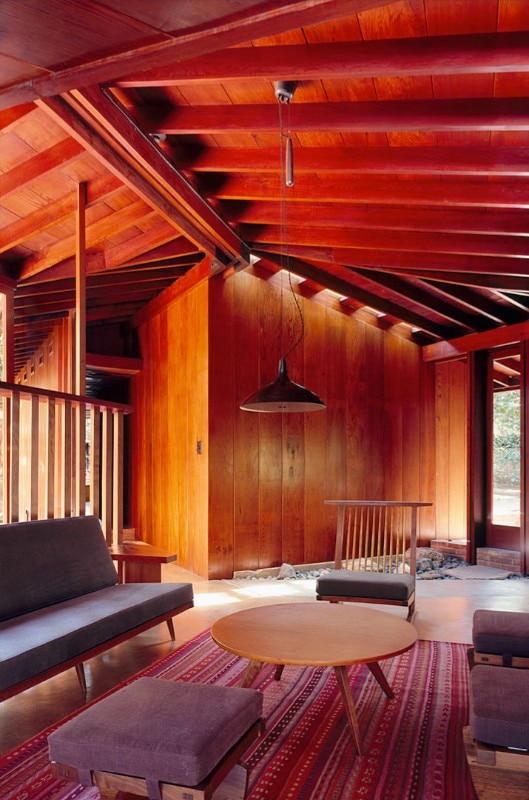
John Lautner, Schaffer Residence, Los Angeles, 1949
View article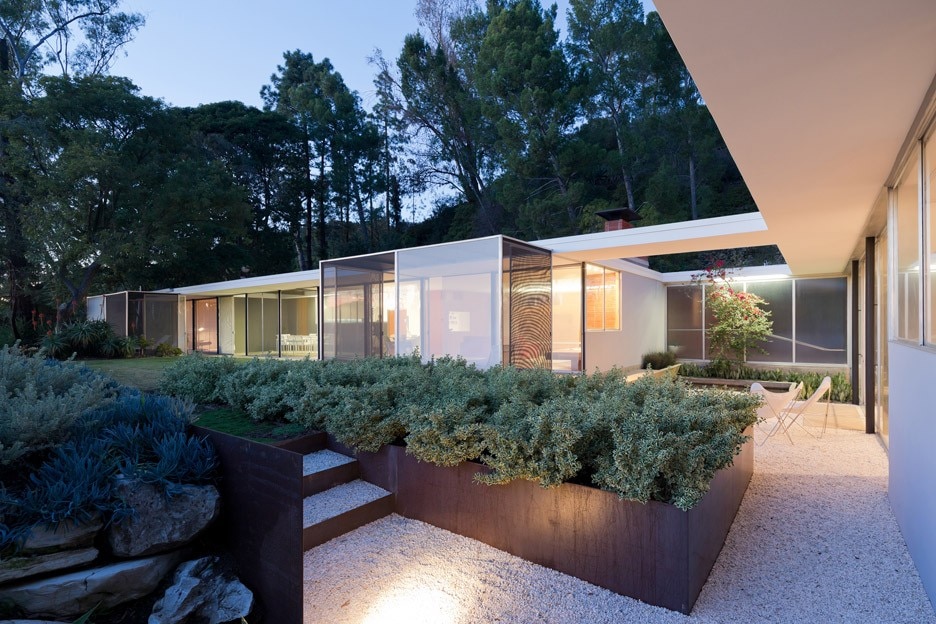
Raphael Soriano, Julius Schulman House, Los Angeles 1950
The 370 square metre house/studio for architectural photographer Julius Schulman in the Hollywood Hills is a series of steel and glass boxes overlooking a nature reserve and is an example of the well-established use of prefabricated and modular steel and aluminium technologies applied to high-end residential construction.
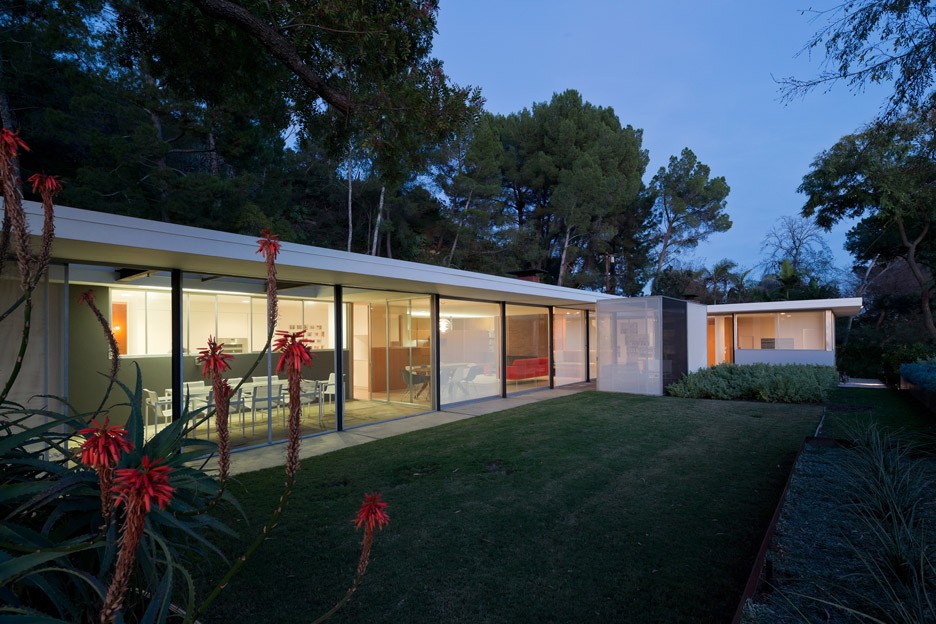
Raphael Soriano, Julius Schulman House, Los Angeles 1950
View article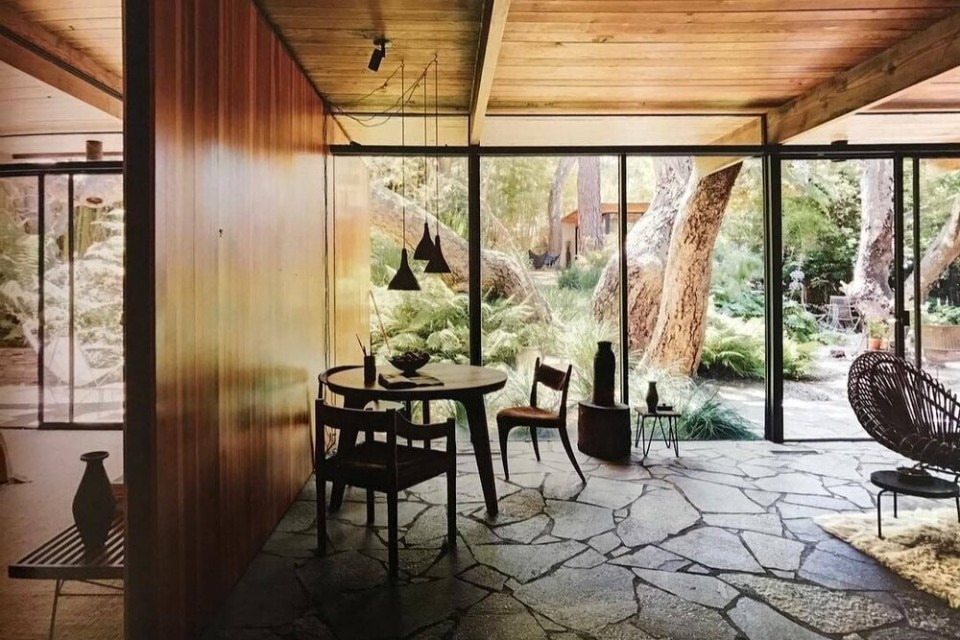
Craig Elwood, Anderson House, Pacific Palisades, Los Angeles 1954
An example of architectural exploration on the theme of the practical and economically sustainable living "box", the Anderson House reconciles the values of functionality with those of domestic warmth, thanks to the palette of natural materials (stone and wood), the tactile and raw interiors and the fruitive and perceptive interaction with the garden.
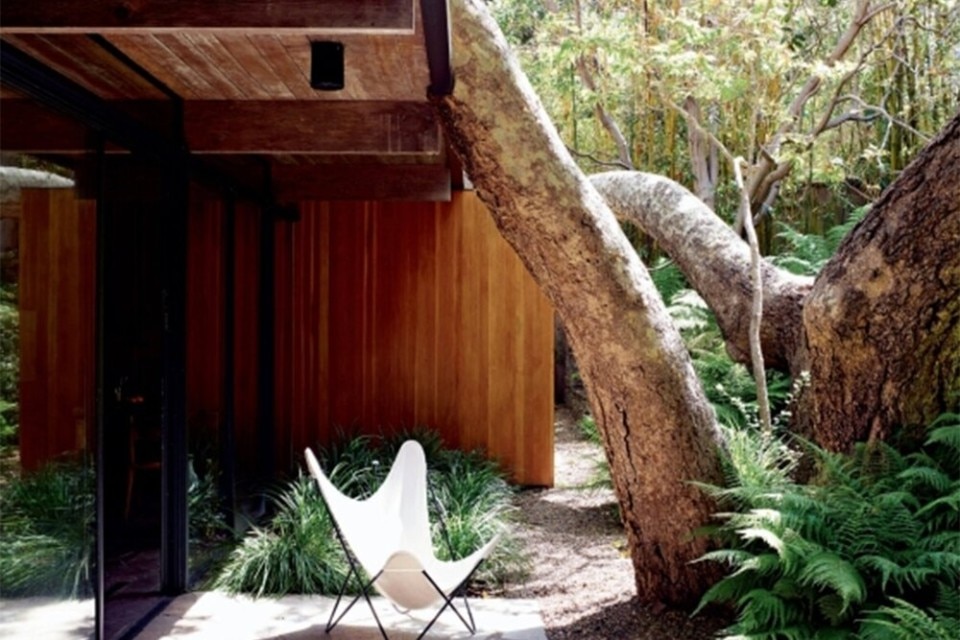
Craig Elwood, Anderson House, Pacific Palisades, Los Angeles 1954
View article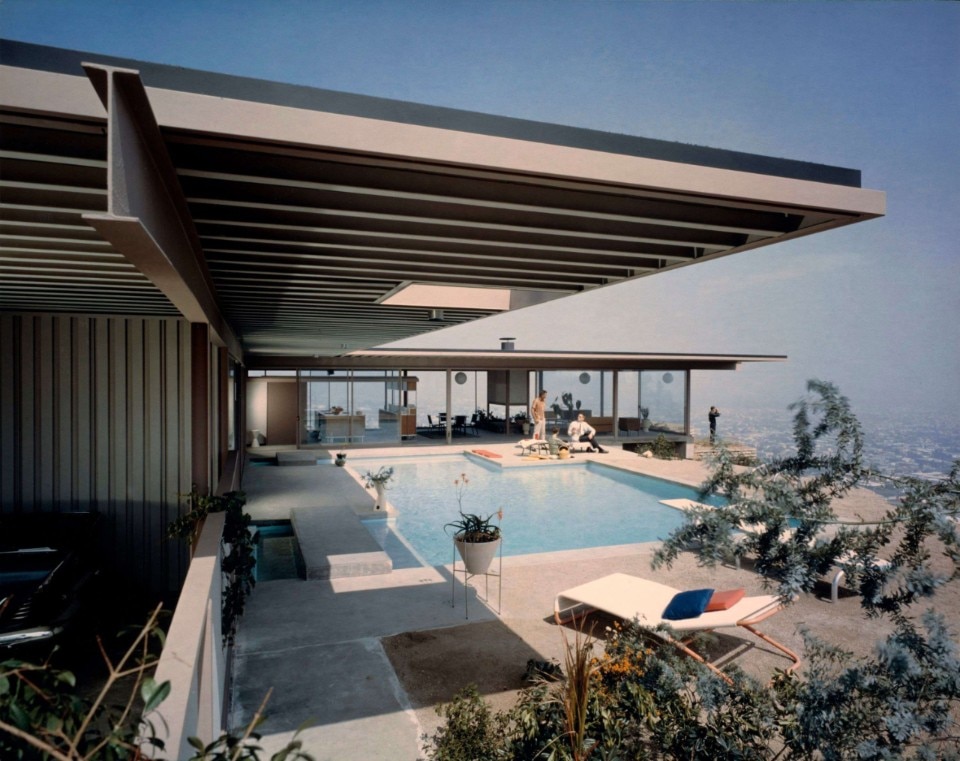
Pierre Koenig, Stahl House (Case Study House #22), Los Angeles, 1960
Designed as a manifesto of the principles of the "Case Study Houses" programme - from the light and flexible steel and glass structure, to the free plan, to the use of low-cost technologies and materials - the L-shaped house with the swimming pool as a "pivot" is conceived as a large "panoramic box" that captures breathtaking perspectives on the bright lights of the city.
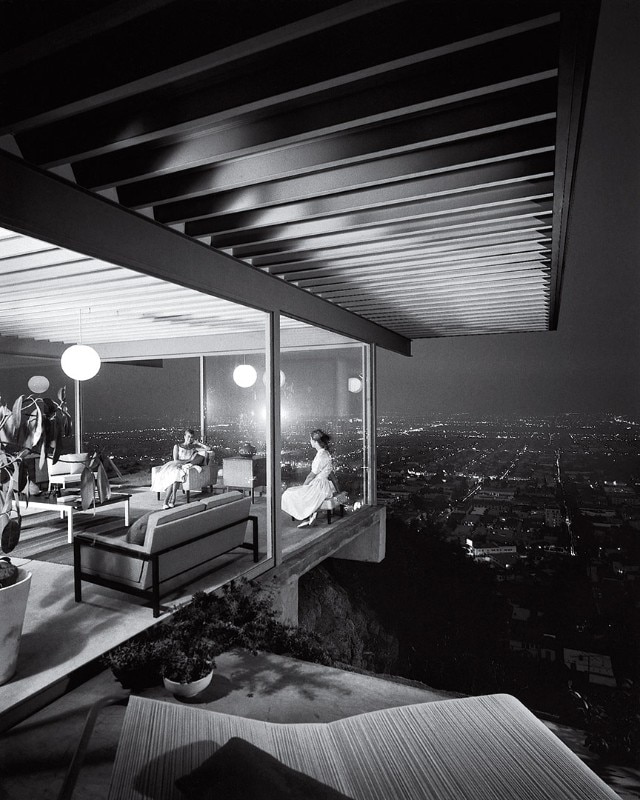
Pierre Koenig, Stahl House (Case Study House #22), Los Angeles, 1960
View article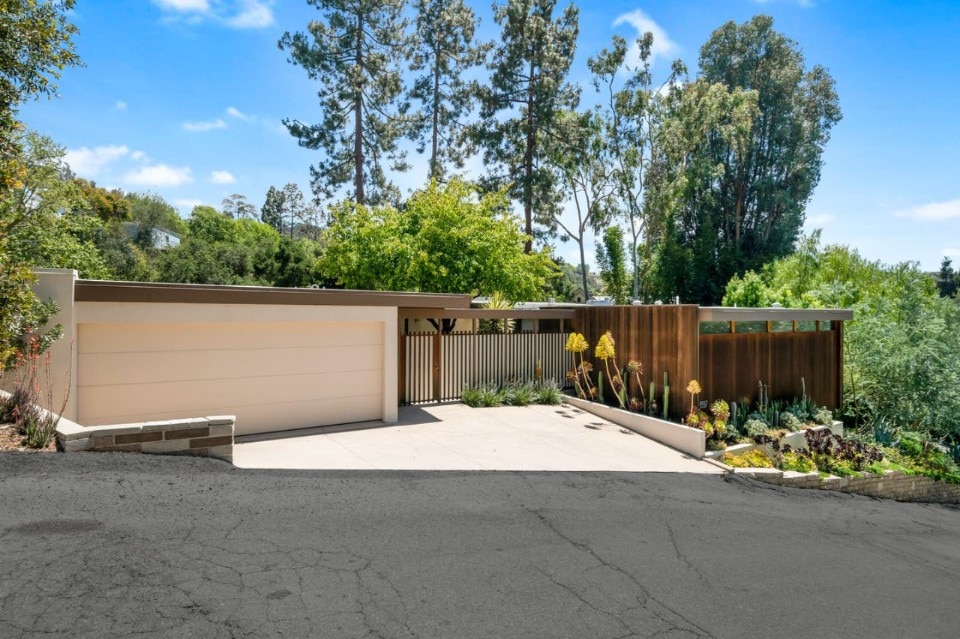
Robert Skinner, Rowan residence, Beverly Hills, Los Angeles 1961
The 427 sq m house nestled in the hills of Beverly Hills, with its five bedrooms, six bathrooms, a garden with native plants and a swimming pool, a patio with outdoor bar, several barbecues and two covered garages, is conceived in a profound relationship with nature, which penetrates the building from the gardens and the generous glass surfaces.
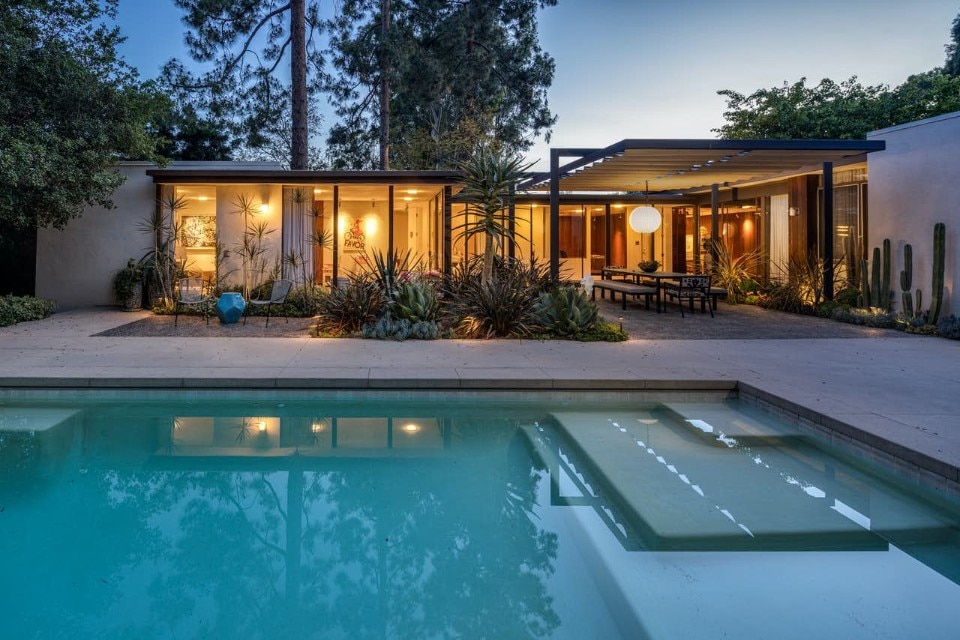
Robert Skinner, Rowan residence, Beverly Hills, Los Angeles 1961
View article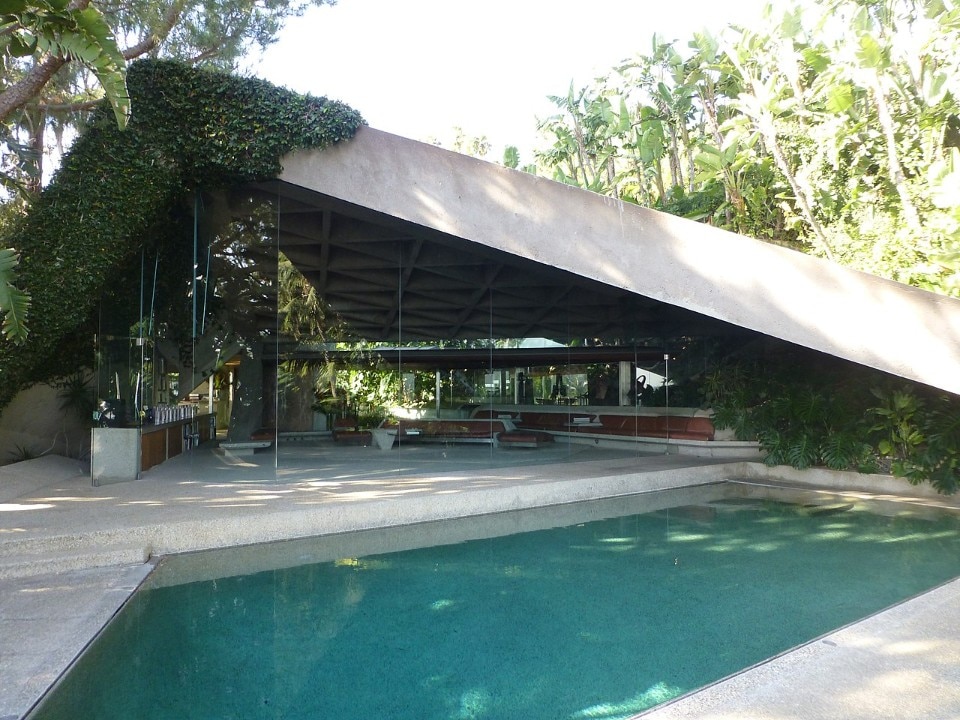
John Lautner, Sheats-Goldstein residence, Los Angeles, 1963
Designed by Lautner - a student of Wright - for a couple with three children, the residence was conceived as an open cave in the hillside of Beverly Crest, with a spectacular 360 degree view of the Pacific Ocean and Los Angeles. The five-bedroom, one-living room, four-bathroom building, made entirely of concrete, steel and wood, was designed according to a gesamtkunstwerk principle that ranges from the structural envelope to the finishes and furnishings in a unified composition. The building, now owned by a foundation, has hosted numerous photo shoots and film sets over the years (from "Charlie's Angels" to "The Big Lebowski").
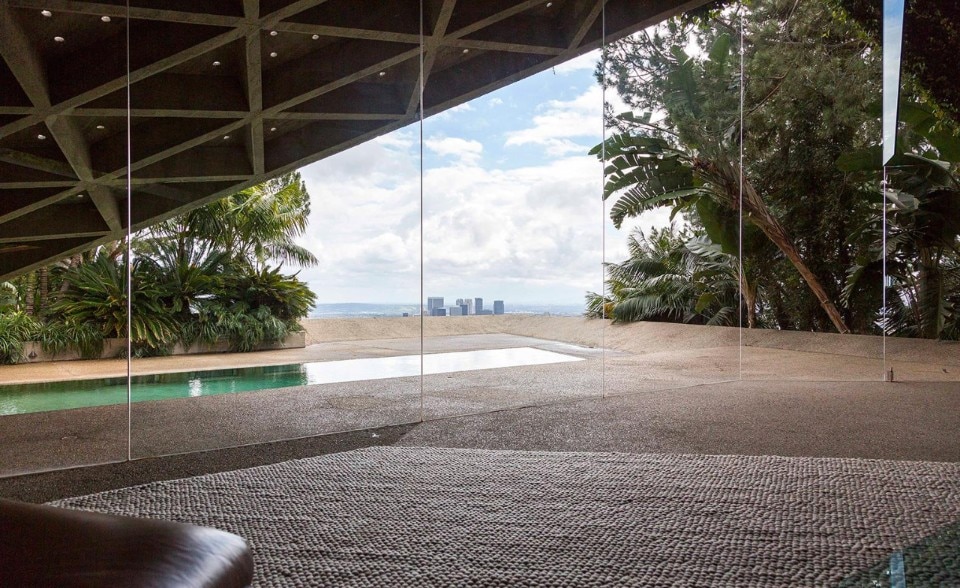
John Lautner, Schaffer Residence, Los Angeles, 1949
View article
Albert Frey, Frey House II, Palm Springs, 1964
The Swiss architect, trained at the school of Le Corbusier, played a major role in transforming Palm Springs into the "Mecca" of Californian Modernism. Frey House II, the house Frey designed for himself, was conceived to create the least impact on the land: perched at the western end of Tahquitz Canyon Way on San Jacinto Mountain, overlooking Coachella Valley, the building with its concrete block base, simple steel structure, large glazed bays, and corrugated metal roof blends into the rocks and native vegetation with such ease that it seems an integral and irreplaceable part of the landscape.
Photo Thom Watson from CC
